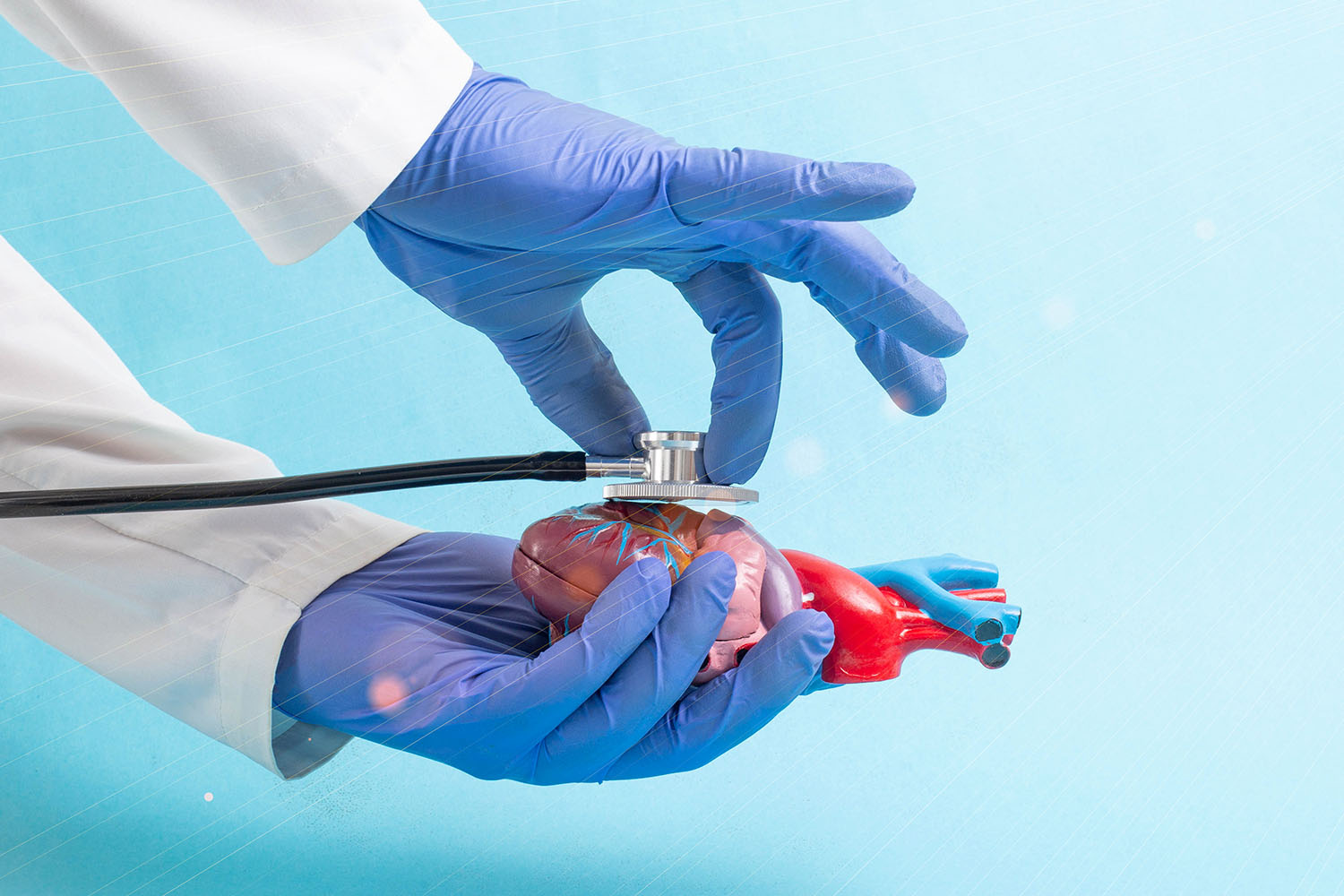Overview
In the quest for innovative solutions to heart disease, Transmyocardial Revascularization (TMR) has emerged as a groundbreaking procedure. TMR, a surgical technique designed to improve blood flow to the heart, offers hope to patients who have not found relief through traditional treatments. This blog delves into the details of TMR, examining its development, benefits, and the international research backing its efficacy.
Understanding Transmyocardial Revascularization (TMR)
Transmyocardial Revascularization (TMR) is a surgical procedure that involves creating small channels in the heart muscle using a laser. These channels encourage the formation of new blood vessels, a process known as angiogenesis, which improves blood flow to the heart muscle. TMR is primarily used for patients with severe angina (chest pain) who have not responded to conventional treatments such as medication, angioplasty, or coronary artery bypass grafting (CABG).
The Development of TMR
TMR was first developed in the early 1980s, with the aim of providing an alternative to patients suffering from refractory angina. Over the decades, technological advancements have refined the procedure, making it safer and more effective. The laser technology used in TMR has evolved, allowing for more precise and controlled creation of channels in the heart muscle.
How TMR Works
During the TMR procedure, a high-energy laser is used to create small, transmural channels in the heart muscle. These channels act as conduits for blood flow, effectively bypassing blocked or narrowed coronary arteries. The procedure can be performed through a small incision in the chest, making it less invasive than traditional open-heart surgery.
Benefits of Transmyocardial Revascularization (TMR)
- Reduction in Angina: One of the most significant benefits of TMR is the reduction in angina symptoms. Studies have shown that many patients experience a significant decrease in chest pain and an improvement in their quality of life following the procedure.
- Improved Blood Flow: TMR promotes angiogenesis, leading to the development of new blood vessels in the heart. This improved blood flow helps to nourish the heart muscle, reducing ischemia (lack of oxygen) and enhancing heart function.
- Alternative for High-Risk Patients: TMR is particularly beneficial for patients who are not suitable candidates for traditional revascularization procedures like CABG or angioplasty. This includes patients with diffuse coronary artery disease or those who have previously undergone multiple heart surgeries.
International Research and Clinical Trials
Numerous studies and clinical trials worldwide have investigated the efficacy and safety of TMR. A landmark study published in the Journal of the American College of Cardiology demonstrated that TMR significantly reduced angina symptoms and improved exercise tolerance in patients with refractory angina. Another study in the European Heart Journal confirmed these findings, highlighting the long-term benefits of TMR in improving patients’ quality of life.
Researchers in Europe, particularly in Germany and Italy, have been at the forefront of TMR research, conducting large-scale clinical trials and publishing extensive data on the procedure’s outcomes. In Asia, countries like Japan and China have also reported positive results, with studies showing significant improvements in angina relief and overall cardiac function.
The Future of TMR
As research continues to advance, the future of Transmyocardial Revascularization (TMR) looks promising. Ongoing studies are exploring the combination of TMR with other therapies, such as stem cell therapy and gene therapy, to further enhance its effectiveness. Additionally, advancements in laser technology and surgical techniques are expected to make the procedure even safer and more accessible to a broader range of patients.
Transmyocardial Revascularization (TMR) represents a significant advancement in the treatment of severe angina and heart disease. With its ability to improve blood flow, reduce symptoms, and offer an alternative for high-risk patients, TMR holds great promise. Supported by robust international research, this innovative procedure is paving the way for new possibilities in cardiac care, bringing hope to countless patients worldwide. As technology and medical understanding continue to evolve, TMR is set to become an even more integral part of the fight against heart disease.



